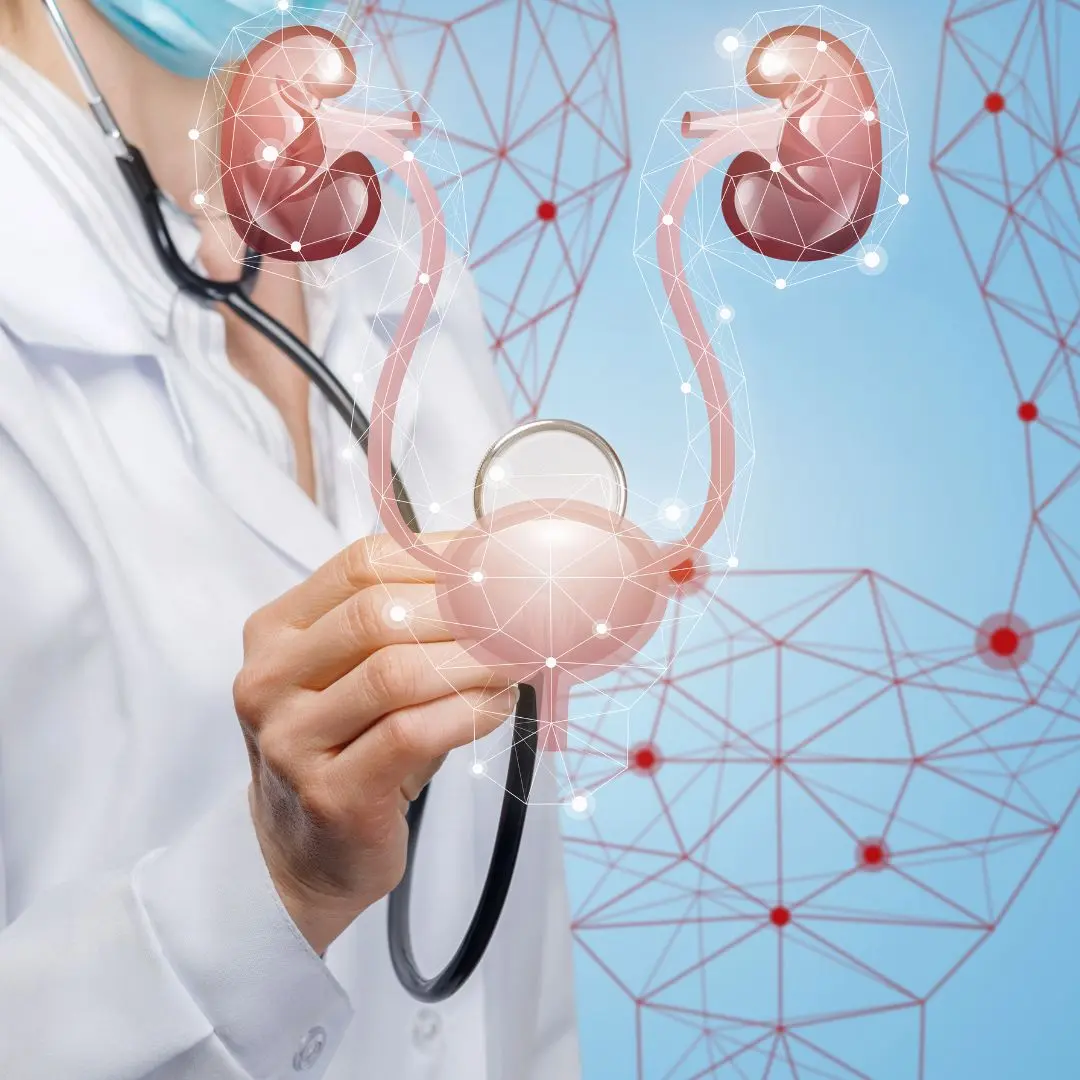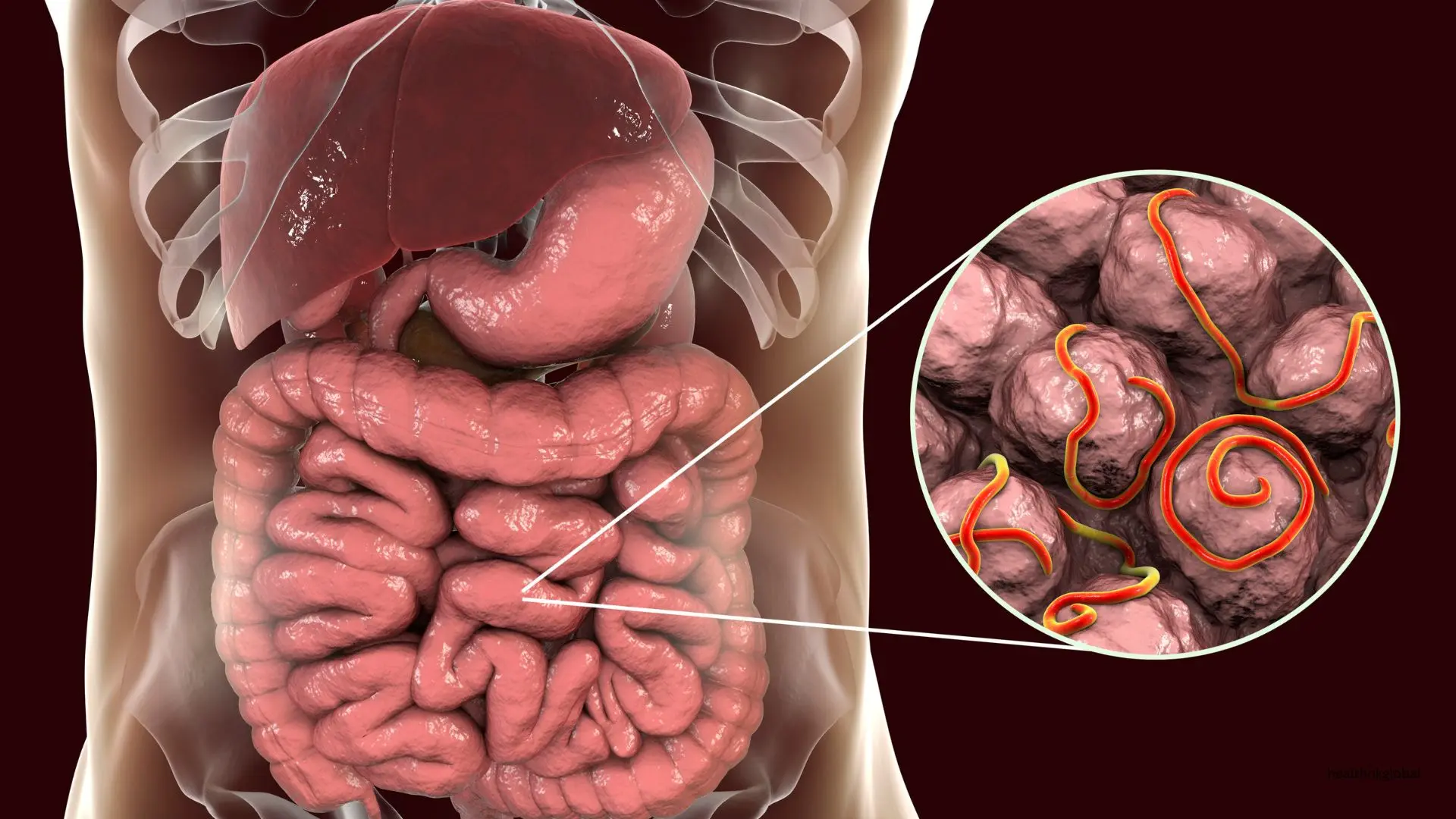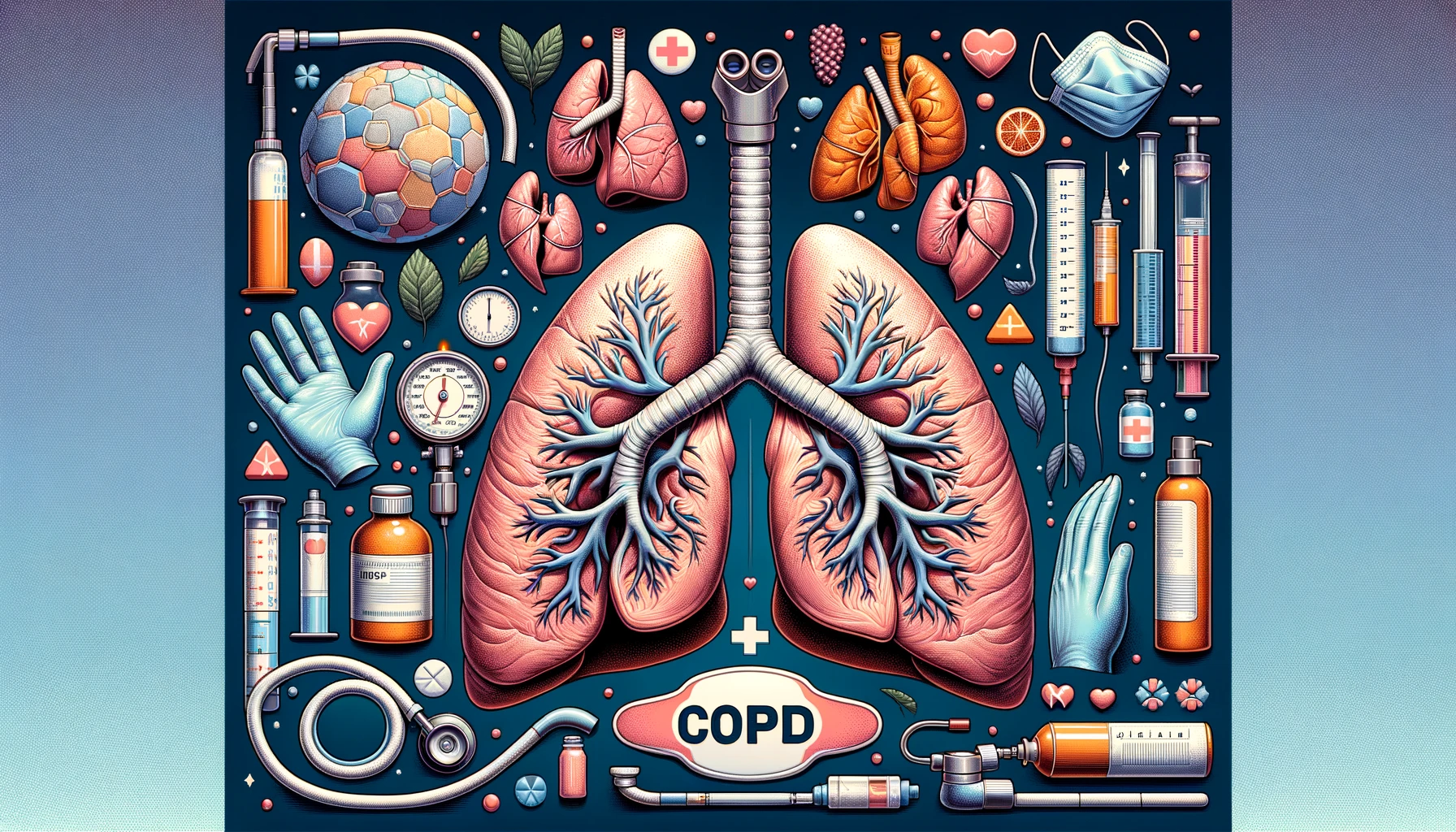Atonic bladder, also known as flaccid bladder, is a condition characterized by loss of muscle tone in the bladder wall, leading to impaired bladder emptying and urinary retention.

Blog
Exploring Atonic Bladder: Causes, Symptoms, and Treatment
Atonic bladder, also known as flaccid bladder, is a condition characterized by loss of muscle tone in the bladder wall, leading to impaired bladder emptying and urinary retention. This comprehensive guide explores the causes, symptoms, and treatment options for atonic bladder to help individuals better understand and manage this condition effectively.
Atonic bladder can result from various underlying factors, including neurological disorders, medications, pelvic surgery, chronic bladder outlet obstruction, and aging. Neurological conditions such as spinal cord injury or multiple sclerosis can damage the nerves controlling bladder function, contributing to atonic bladder. Medications like anticholinergics or opioids may interfere with nerve signals, leading to bladder dysfunction. Pelvic surgeries such as prostate surgery or hysterectomy can disrupt normal bladder function and cause bladder atony. Chronic bladder outlet obstruction, often due to conditions like benign prostatic hyperplasia (BPH) or pelvic organ prolapse, can weaken bladder muscles over time. Aging also plays a role, as bladder muscles may lose elasticity and strength, increasing the risk of bladder dysfunction, including atonic bladder.
Common symptoms of atonic bladder include urinary retention, overflow incontinence, increased urinary frequency, weak urine stream, and urinary tract infections. Individuals with atonic bladder may experience difficulty emptying the bladder completely, leading to persistent feelings of fullness or incomplete voiding. Overflow incontinence, characterized by leakage of urine due to bladder overfilling, may result in dribbling or involuntary loss of urine. Increased urinary frequency and weak urine stream are also common symptoms of atonic bladder, along with recurrent urinary tract infections due to incomplete bladder emptying and stagnant urine.
Diagnosing atonic bladder typically involves a combination of medical history, physical examination, and diagnostic tests. Healthcare providers may perform urinalysis to examine a urine sample for signs of infection, blood, or other abnormalities. Bladder ultrasound may be used to assess bladder volume and residual urine. Urodynamic studies, including pressure-flow studies, may be conducted to evaluate bladder function, pressure, and urine flow dynamics. In some cases, cystoscopy may be performed, involving a thin, flexible scope to visualize the inside of the bladder and assess for any structural abnormalities or blockages.
Treatment for atonic bladder focuses on relieving symptoms, promoting bladder emptying, and preventing complications. Depending on the severity and underlying cause, treatment options may include clean intermittent catheterization (CIC), prescription medications, behavioral therapies, and surgical interventions. CIC involves regular use of a catheter to empty the bladder manually and prevent urinary retention. Medications such as alpha-blockers or cholinergic agonists may be prescribed to improve bladder muscle tone and function. Behavioral therapies, including pelvic floor exercises or bladder training, can help improve bladder control and emptying. In some cases, surgical procedures may be necessary to correct underlying structural issues or improve bladder function.
Untreated atonic bladder can lead to various complications, including recurrent urinary tract infections, bladder stones, kidney damage, or urinary retention. However, with proper diagnosis and management, many individuals with atonic bladder can achieve improved bladder function and quality of life.
Atonic bladder is a complex condition that requires comprehensive evaluation and management. By understanding the causes, symptoms, and treatment options for atonic bladder, individuals can work with healthcare providers to develop personalized treatment plans and achieve optimal bladder health.
Atonic bladder can result from various underlying factors, including neurological disorders, medications, pelvic surgery, chronic bladder outlet obstruction, and aging. Neurological conditions such as spinal cord injury or multiple sclerosis can damage the nerves controlling bladder function, contributing to atonic bladder. Medications like anticholinergics or opioids may interfere with nerve signals, leading to bladder dysfunction. Pelvic surgeries such as prostate surgery or hysterectomy can disrupt normal bladder function and cause bladder atony. Chronic bladder outlet obstruction, often due to conditions like benign prostatic hyperplasia (BPH) or pelvic organ prolapse, can weaken bladder muscles over time. Aging also plays a role, as bladder muscles may lose elasticity and strength, increasing the risk of bladder dysfunction, including atonic bladder.
Common symptoms of atonic bladder include urinary retention, overflow incontinence, increased urinary frequency, weak urine stream, and urinary tract infections. Individuals with atonic bladder may experience difficulty emptying the bladder completely, leading to persistent feelings of fullness or incomplete voiding. Overflow incontinence, characterized by leakage of urine due to bladder overfilling, may result in dribbling or involuntary loss of urine. Increased urinary frequency and weak urine stream are also common symptoms of atonic bladder, along with recurrent urinary tract infections due to incomplete bladder emptying and stagnant urine.
Diagnosing atonic bladder typically involves a combination of medical history, physical examination, and diagnostic tests. Healthcare providers may perform urinalysis to examine a urine sample for signs of infection, blood, or other abnormalities. Bladder ultrasound may be used to assess bladder volume and residual urine. Urodynamic studies, including pressure-flow studies, may be conducted to evaluate bladder function, pressure, and urine flow dynamics. In some cases, cystoscopy may be performed, involving a thin, flexible scope to visualize the inside of the bladder and assess for any structural abnormalities or blockages.
Need Personalized Health Guidance?
Get expert advice tailored to your specific health needs from our qualified healthcare professionals.





